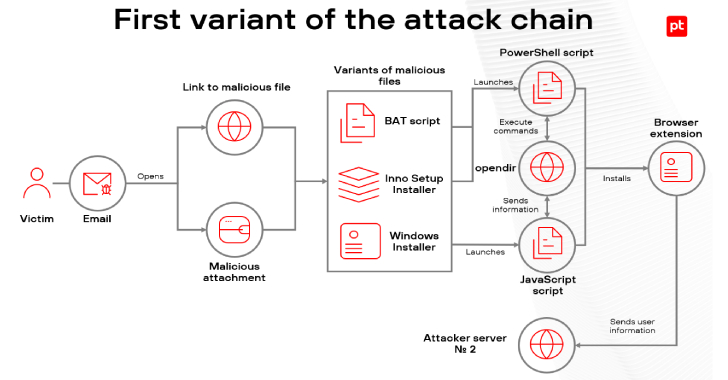The U.S. Cybersecurity and Infrastructure Security Agency (CISA) is warning that it has observed threat actors leveraging unencrypted persistent cookies managed by the F5 BIG-IP Local Traffic Manager (LTM) module to conduct reconnaissance of target networks.
It said the module is being used to enumerate other non-internet-facing devices on the network. The agency, however, did not disclose who is behind the activity, or what the end goals of the campaign are.
“A malicious cyber actor could leverage the information gathered from unencrypted persistence cookies to infer or identify additional network resources and potentially exploit vulnerabilities found in other devices present on the network,” CISA said in an advisory.
It has also recommended organizations encrypt persistent cookies employed in F5 BIG-IP devices by configuring cookie encryption within the HTTP profile. Furthermore, it’s urging users to verify the protection of their systems by running a diagnostic utility provided by F5 called BIG-IP iHealth to identify potential issues.
“The BIG-IP iHealth Diagnostics component of the BIG-IP iHealth system evaluates the logs, command output, and configuration of your BIG-IP system against a database of known issues, common mistakes, and published F5 best practices,” F5 notes in a support document.
“The prioritized results provide tailored feedback about configuration issues or code defects and provide a description of the issue, [and] recommendations for resolution.”
The disclosure comes as cybersecurity agencies from the U.K. and the U.S. have published a joint bulletin detailing Russian state-sponsored actors’ attempts to target diplomatic, defense, technology, and finance sectors to collect foreign intelligence and enable future cyber operations.
The activity has been attributed to a threat actor tracked as APT29, which is also known as BlueBravo, Cloaked Ursa, Cozy Bear, and Midnight Blizzard. APT29 is understood to be a key cog in the Russian military intelligence machine and is affiliated with the Foreign Intelligence Service (SVR).
“SVR cyber intrusions include a heavy focus on remaining anonymous and undetected. The actors use TOR extensively throughout intrusions – from initial targeting to data collection – and across network infrastructure,” the agencies said.
“The actors lease operational infrastructure using a variety of fake identities and low reputation email accounts. The SVR obtains infrastructure from resellers of major hosting providers.”
Attacks mounted by APT29 have been categorized as those designed to harvest intelligence and establish persistent access so as to facilitate supply chain compromises (i.e., targets of intent), as well as those that allow them to host malicious infrastructure or conduct follow-on operations from compromised accounts by taking advantage of publicly known flaws, weak credentials, or other misconfigurations (i.e., targets of opportunity).
Some of the significant security vulnerabilities highlighted include CVE-2022-27924, a command injection flaw in Zimbra Collaboration, and CVE-2023-42793, a critical authentication bypass bug that allows for remote code execution on TeamCity Server.
APT29 is a relevant example of threat actors continuously innovating their tactics, techniques and procedures in an attempt to stay stealthy and circumvent defenses, even going to the extent of destroying their infrastructure and erasing any evidence should it suspect their intrusions have been detected, either by the victim or law enforcement.
Another notable technique is the extensive use of proxy networks, comprising mobile telephone providers or residential internet services, to interact with victims located in North America and blend in with legitimate traffic.
“To disrupt this activity, organizations should baseline authorized devices and apply additional scrutiny to systems accessing their network resources that do not adhere to the baseline,” the agencies said.
Found this article interesting? Follow us on Twitter and LinkedIn to read more exclusive content we post.





